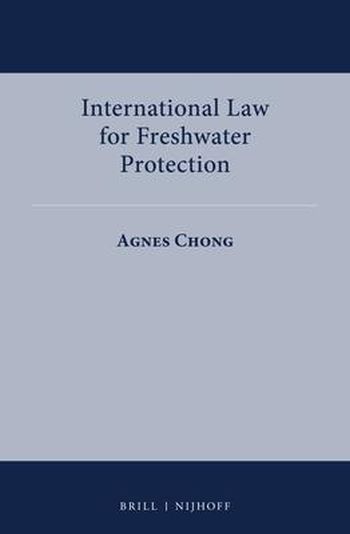
International Law for Freshwater Protection traces the development of international water law on fresh water protection and demonstrates how the regime focuses on the utilisation and rights of sovereign states over the protection and sustainable growth of shared water resources. The evolving jurisprudence influenced by environmental law highlights the regime's insufficient focus on the environmental protection of watercourses. This book argues that existing rules, mechanisms and norms within international law can address the regime's imbalance and establish how these might be applied to improve freshwater protection.